 |
|||
This translation is unedited!
Oscar Bazaldúa Nava
"Sex and Crime"comics in paperback format, as we know them from Italy or France, were not only available in Europe. The low-priced "Schundhefte" - the so-called ghetto Librettos - also have a long tradition in Mexico. Many of the local local giants have also made it on the highly competitive American and European markets. Like Oscar Bazaldúa Nava.
Bazaldúa was born in Mexico in 1967 and has been working in the comic book business since the 1980s. He studied for about 18 months at an art school in Mexico City until an earthquake destroyed the school in 1985. Afterwards, Bazaldúa worked for several years as an assistant to Sixto Valencia Burgos for his series "La Serpiente Desplumada".
This brought him to the ghetto librettos of the publishers Toukán and Mango, with series such as Almas Perversas and Relatos de Presidio. This was followed by orders for other labels such as Ragul, Vid, Mina and Ejea.
In the course of time, more than 100 cover pictures * were created for various publications such as "Bellas de noche","Las Chambeadoras","Pistolero","Relatos de presidio","Santo La Leyenda de Plata","El Carruaje Diabolico","Libro Siniestro","Relatos de Presidio" and "Místico El Prín".
Bazaldúa "only" designed the preliminary drawings (!) - often three to four proposals per order, from which the publisher then chose one. The illustrations were painted by artists such as Santillán, Effrén or José Silva (the Bazaldúa did not even see them in the 1990s, because most of the time the publisher himself handed over the preliminary drawings to the other artists).
"In the last century, Mexican comic books were the only form of literature that attracted the most readers. We are talking about millions and millions of readers. Mexicans are comic-book readers. And you hardly read anything else. It's not that they alternately prefer comics and magazines, or comics and newspapers. No, they just read comic books." (1)
"Mexico has earned the title of producing the world's worst comic books." (2)
"With more than 30 years in the comic book business, Oscar Bazaldúa is one of the best and most respected artists in Mexico. His succinct cover pictures for horror, action, western, love and wrestling series and last but not least the erotic titles made him well known beyond his borders. His art was influenced by comic strip greats such as John Buscema, Neal Adams, Rudy Nebres, Norman Rockwell and Frank Frazetta. No one in Mexico draws women as inimitably as Bazaldúa ". (3)
Bazaldúa created his female characters in the 1990s as cartoon-like and "dolllike" as comparable colleagues like Pegaso, Guillermo Peimbert, Resendiz Sanchez Silvestre or Benitez. Although his style became much more mature and elegant in later years, the stylistic roots of his further developed line can still be seen in the beginnings.
For American titles he has made a series for the series "BloodRayne" (2008) as well as various (variant) covers and comic pages for DC and Marvel. Bazaldúa has also worked for European publishers. He collaborated with colleagues such as Patrick Galliano and Julia Verlanger to create the second volume of the Graphic Novel Horlemonde, published by Les Humanoïdes Associés. He worked with author Kurt Busiek on the third volume of the series "Redhand".
Sources/Sources: (1) Armando Bartra "The Dark Underworld of Mexico´s Little Stories" (quotation translated from "The Imp" #4) (2) Rius "La Vida de Cuadritos" (quotation translated from "The Imp" #4) (3) http://laschicasdebazaldua.blogspot.de (freely translated and adapted to the text)
* Some talk about well over 400 (which seems more realistic).
The English book Historietas Perversas - Mexico´s Addictive Comics from Daniel K. Raeburn's "The Imp" volume 4 provides a good insight into Mexican comics. You can download the whole book for free via this link. |
||||||||||||||
Oscar Bazaldúa Nava "Sex and Crime"-Comics im Taschenbuch-Format wie man sie aus Italien oder Frankreich kennt gab es nicht nur in Europa. Auch in Mexico haben die preisgünstigen "Schundhefte" - die sogenannten Ghetto Librettos - eine große Tradition. Etliche der hiesigen Lokalgrößen haben es auch auf dem umkämpften amerikanischen bzw. europäischen Markt geschafft. So wie Oscar Bazaldúa Nava. Bazaldúa wurde 1967 in Mexico geboren und arbeitet seit den 1980er Jahre im Comicbusiness. Er studierte rund 18 Monate an einer Kunstschule in Mexico City bis ein Erdbeben 1985 die Schule zerstörte. Danach arbeitete Bazaldúa für einige Jahre als Assistent von Sixto Valencia Burgos für dessen Serie "La Serpiente Desplumada". Das brachte ihn zu den Ghetto Librettos der Verlage Toukán und Mango, mit Serien wie Almas Perversas und Relatos de Presidio. Es folgten Aufträge für weitere Labels wie Ragul, Vid, Mina und Ejea. Im Laufe der Zeit entstanden weit über 100 Titelbilder * für diverse Publikationen wie "Bellas de noche", "Las Chambeadoras", "Pistolero", "Relatos de presidio", "Santo La Leyenda de Plata", "El Carruaje Diabolico", "Libro Siniestro", "Relatos de Presidio" und "Místico El Príncipe de Plata y Oro". Bazaldúa gestaltete dabei "nur" die Vorzeichnungen (!) - oftmals drei bis vier Vorschläge pro Auftrag, aus denen der Verlag dann eines auswählte. Die farbliche Ausarbeitung der Illustrationen übernahmen Künstler wie Santillán, Effrén oder José Silva (den Bazaldúa in den 1990ern gar nicht zu Gesicht bekam, weil meist der Verlag selbst die Vorzeichnungen an die weiteren Künstler übergab). "Im vergangenen Jahrhundert waren die mexikanischen Comichefte die einzige Literaturform, die die meiste Leserschaft anzog. Wir sprechen da von Abermillionen von Lesern. Mexikaner sind Comic-Leser. Und Sie lesen kaum etwas anderes. Es ist nicht so das sie abwechselnd Comics und Zeitschriften bevorzugen, oder Comics und Zeitungen. Nein, sie lesen einfach nur Comics." (1) "Mit seinen nun weit über 30 Jahren im Comicbusiness ist Oscar Bazaldúa einer der besten und angesehensten Künstler in Mexiko. Seine prägnanten Titelbilder für Horror-, Action-, Western-, Liebes-, und Wrestling-Serien und nicht zuletzt den erotischen Titeln machten ihn weit über seine Grenzen bekannt. Seine Kunst wurde von Comicgrößen wie John Buscema, Neal Adams, Rudy Nebres, Norman Rockwell und Frank Frazetta beeinflusst. Niemand in Mexico zeichnet Frauen so unnachahmlich wie Bazaldúa". (3) Bazaldúa gestaltete seine weiblichen Charaktere in den 1990er Jahren cartooniger und "puppenhafter" als vergleichbare Kollegen wie Pegaso, Guillermo Peimbert, Resendiz Sanchez Silvestre oder Benitez. Obwohl sein Stil in späteren Jahren wesentlich gereifter und eleganter wurde, kann man in Ansätzen immer noch die stilistischen Wurzeln in seinem weiterentwickelten Strich erkennen. Für amerikanische Titel zeichnete er unter anderem eine Folge für die Serie "BloodRayne" (2008) sowie diverse (Variant-)Covers und Comicseiten für DC und Marvel. Selbst für europäische Verlage war Bazaldúa bereits tätig. Er gestaltete (als Bazal) mit Kollegen wie Patrick Galliano und Julia Verlanger den zweiten Band der Graphic Novel Horlemonde, erschienen bei Les Humanoïdes Associés. Weitere Veröffentlichungen/Publications (Auswahl/Selection): Links: Quellen/Sources: * manche reden von weit über 400 (was realistischer erscheint). Einen guten Einblick in die mexikanischen Comics bietet das englischsprachige Buch Historietas Perversas - Mexico´s Addictive Comics aus der Reihe "The Imp" Band 4, von Daniel K. Raeburn. Über diesen Link kann man das gesamte Buch kostenfrei herunterladen. Dank an Michel Van Stand 2016
. |
||||||||||||||
 |
||||||||||||||
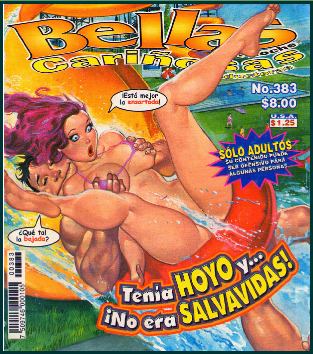 |
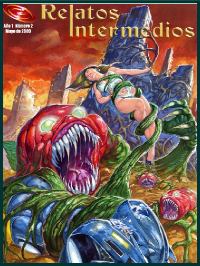 |
|||||||||||||
 |
||||||||||||||
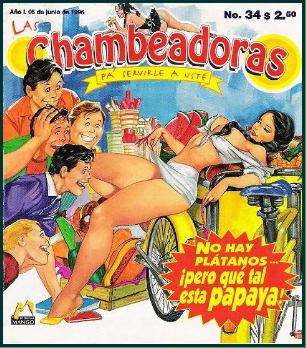 |
||||||||||||||
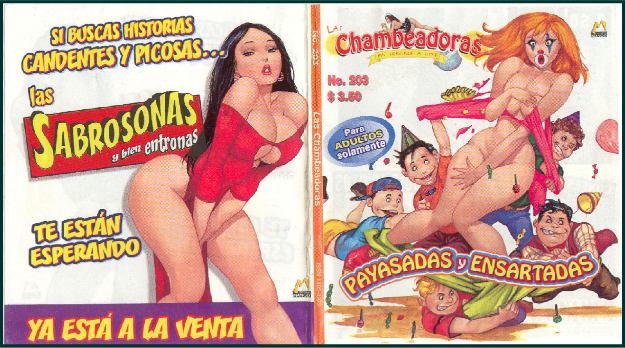 |
||
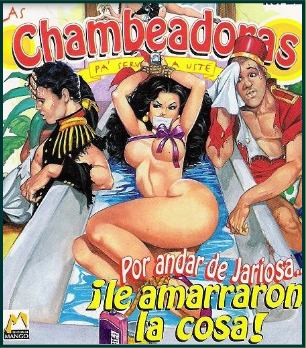 |
||||
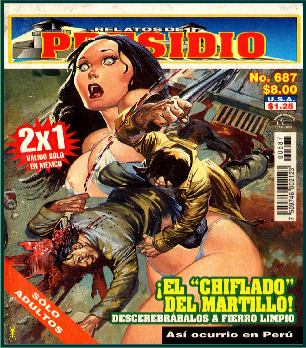 |
||||
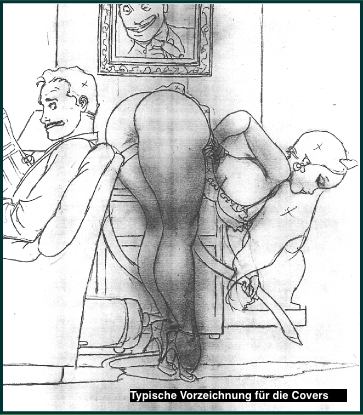 |
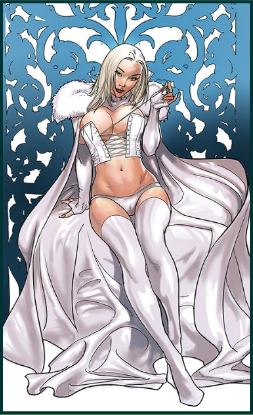 |
|||
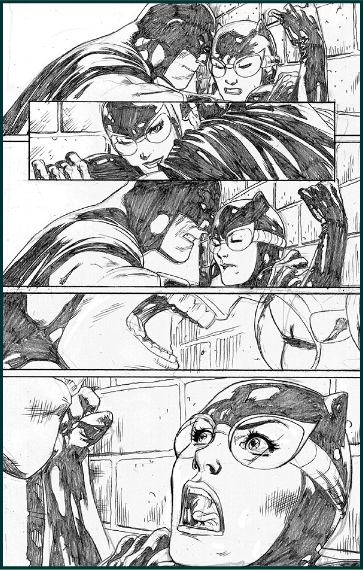 |
||
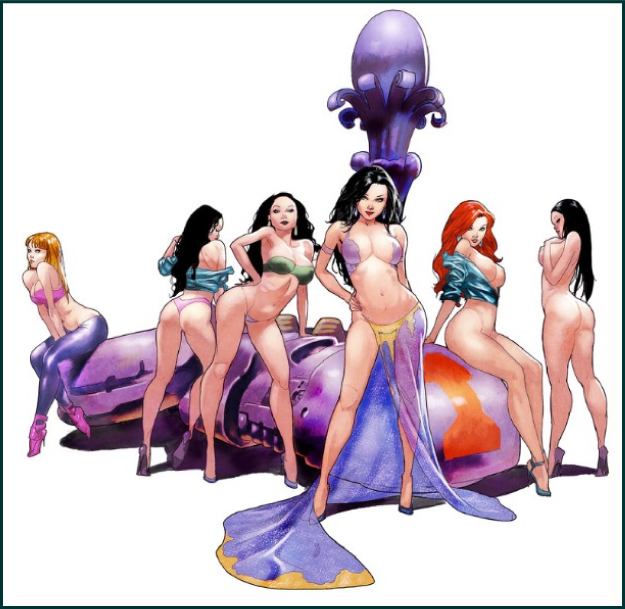 |
||